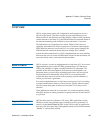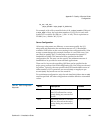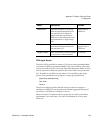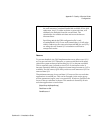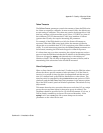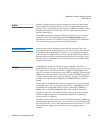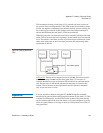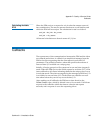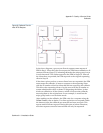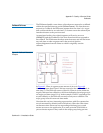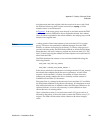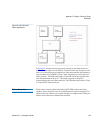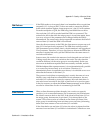
Appendix D Quality of Service Guide
Real-time I/O
StorNext 3.1.3 Installation Guide 144
This automatic clearing of real-time I/O is carried out in the context of
the process that is closing the file. If the FSM cannot be reached for some
reason, the request is enqueued on a daemon and the process closing the
file is allowed to continue. In the background, the daemon attempts to
inform the FSM that the real-time I/O has been released.
Different processes can share the same file in real-time and non-real-time
mode. This is because the level of gating is at the handle level, not the file
level. This allows a real-time process to perform ingest of material (video
data) at the same time as non-real-time processes are performing other
operations on the file.
Figure 59 Sharing Access to
Files
In Figure 59, Process A has ungated access to file foo. Processes B and C
also are accessing file foo, but the client gates their I/O accesses. If
multiple handles are open to the same file and all are in real-time mode,
only the last close of the handle releases the real-time I/O back to the
system. This is because on most platforms the file system is informed
only on the last close of a file.
Ungated files 4
It is also possible to denote using the RT_NOGATE flag that a handle
should not be gated without specifying any amount of real-time I/O. This
is useful for infrequently accessed files (such as index files) that should
not be counted against the non-real-time I/O. System designers typically
allow for some amount of overage in their I/O subsystem to account for
non-gated files.



